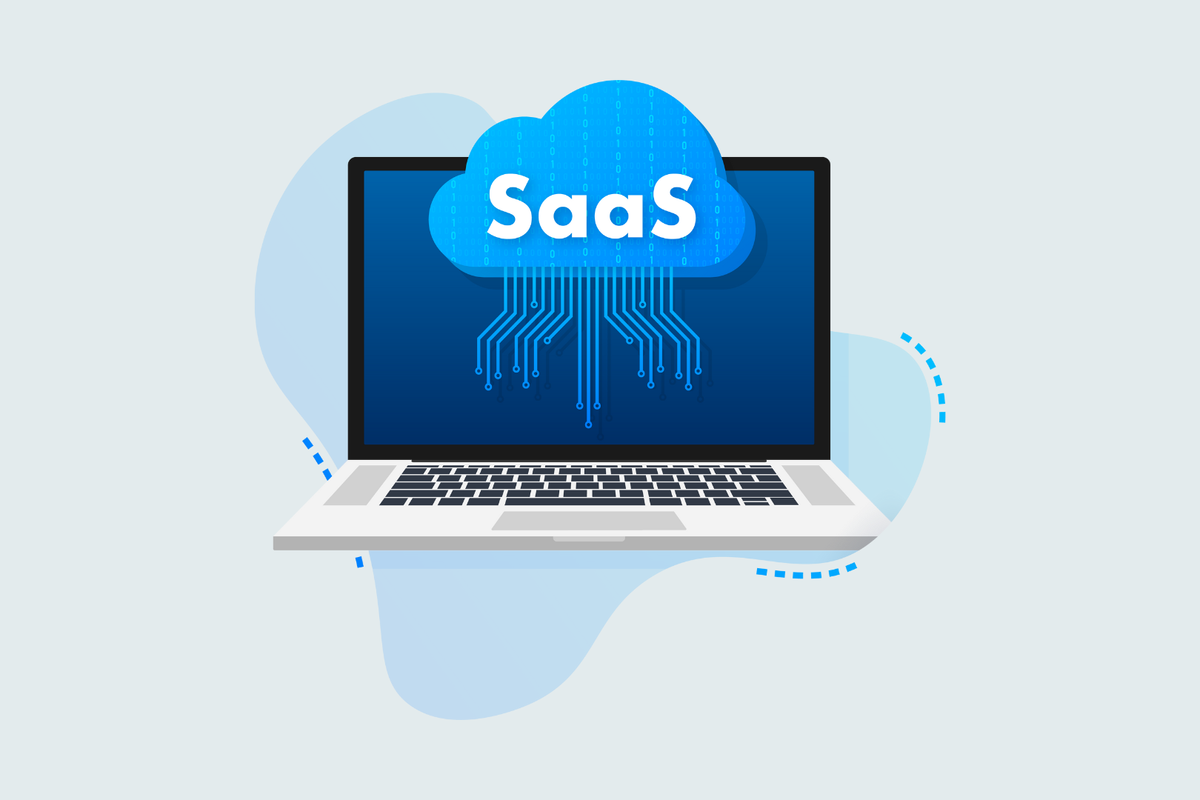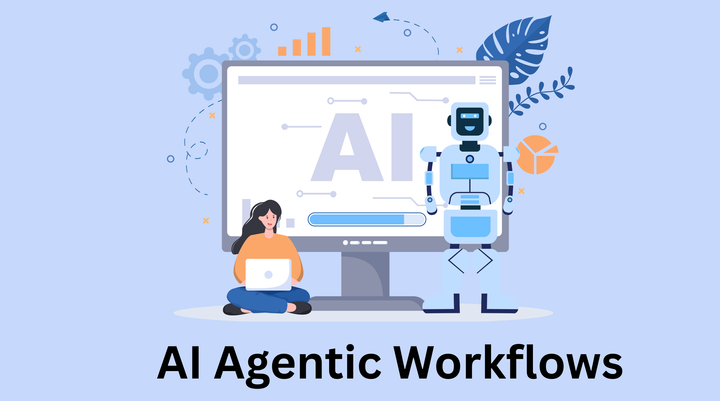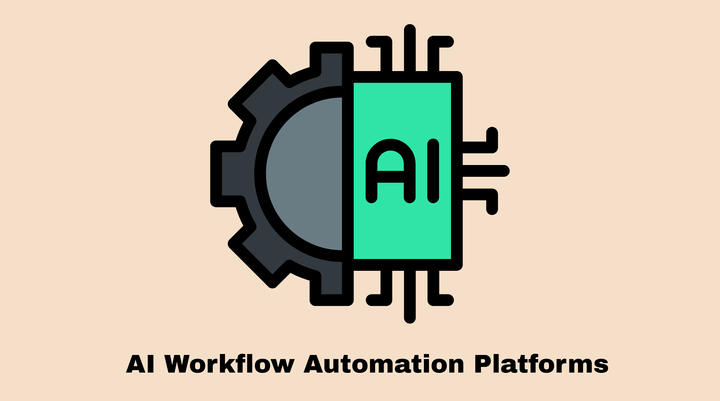Bring Your Own MCP Server to Your SaaS

Many of us have heard that MCP is the next big thing in the SaaS world. So what is it and how will it help SaaS?
The world of SaaS is about to get a major upgrade. With AI and LLMs (Large Language Models) on the rise, MCP(Model Context Model) are ready to shake things up.
Many SaaS players want to adopt the MCP, which allows their users to chat directly with the platform using AI tools like Claude or ChatGPT. It seems like the perfect opportunity to integrate AI and deliver a seamless, intelligent experience for users.
However, when they began working on this vision, they quickly hit a wall. The challenges were significant—integrating the latest protocols, managing AI interactions, and ensuring smooth functionality under real-world conditions. What started as a straightforward project became a complex puzzle of new technologies and growing user expectations.
But, What if I told you that you can launch your own MCP plugin, allowing AI assistants like Claude, Cursor, and Windsurf to connect seamlessly with your tools in just simple and easy steps.
Yes, that's possible with the help of viaSocket MCP. In this post, I’ll share why MCP configuration are a pain, how viaSocket fixed it and how you can try it free today.
Start using 1,500+ MCP Servers for free and seamlessly connect to AI with just a URL.
Get Started for FreeSkip Ahead :
Why SaaS Should Consider MCP?
The pain of building your own MCP Server
Bring MCP to your product with viaSocket
Why SaaS Should Consider MCP?
For SaaS, MCP Server is a big deal. Right now, most SaaS platforms have a fixed list of integrations, meaning customers have to wait for you to build the connections they need. With MCP, the game changes. Instead of shipping new integrations one by one, SaaS products can allow users to connect to any service dynamically. That’s a whole new level of flexibility.
1. Dynamic & Flexible Integrations : MCP lets AI agents easily connect to different services in real time. This means users can link up with any service on the fly, making the system more adaptable and customizable.
2. Standardized Context Sharing : With MCP, apps share context in a standardized way. This turns them into proactive agents that streamline workflows and save setup time, even when apps get updated.
3. Improved User Experience : MCP makes it super easy for users to integrate with AI tools, creating a smoother, more intuitive experience with their favorite AI assistants.
4. Enhanced AI Capabilities : By connecting AI models to external systems, MCP unlocks the ability to perform complex tasks and automate workflows, taking AI-driven applications to the next level.
5. Increased Data Access & Utilization : MCP allows AI agents to tap into data from various SaaS apps, enabling smarter, context-aware solutions that make AI even more helpful.The pain of building your own MCP Server
The pain of building your own MCP Server
MCP is a game-changer, it standardizes how LLMs talk to your tools, reducing the M×N integration problem to M+N.
But setting up an MCP server?
That’s where the nightmare begins.
1.Authentication Overhead: Managing OAuth, API keys, and tokens can be cumbersome and error-prone.
2.Manage the User Interface : Building an intuitive UI for configuring tools, managing logs, throttling, and debugging is another challenge.
3.Scalability issues : Scaling the infrastructure to handle growing traffic, data, and user load requires careful planning, load balancing, and monitoring to prevent performance degradation.
4.Configurations : Proper configuration of server architecture, microservices, and APIs is crucial. Missing or incorrect settings can lead to system failures or downtime.
5.Customization : While building an MCP server, you provide predefined actions for users. However, if users need custom actions, they may not have the authority to create them, requiring additional development and resources from your side.
6.Telemetry & Analytics : Track usage, success rates, and performance(Why Action being called/usecase/who called) and other analytics.
SaaS builders who want to ship fast and delight users with AI-powered features. The current solutions like FastMCP, cloud platforms, or custom code are waste time and money, leaving them stuck.
Bring MCP to your product with viaSocket
Integrating MCP (Model Context Protocol) into your product with viaSocket opens up endless possibilities for creating a more dynamic, adaptable, and seamless experience for your users.
Developing your own MCP Server from scratch, however, is not the best approach when an easy and effortless solution is already available. With viaSocket, you can integrate MCP into your platform in just minutes.
How viaSocket MCP Works on Your Platform :
With just a simple HTML script, your app’s actions will start appearing on your platform. Users can generate the MCP URL within your platform and configure actions based on their needs.
They can then paste the MCP endpoint URL into any AI assistant, like Claude, Cursor, Windsurf, or any other. From there, they can perform actions within your app directly through the AI assistant.
And you don’t need to manage anything on your side. All the backend work is handled by viaSocket. You and your users simply enjoy a seamless experience.
What you won't have to bother with :
- No need to manage authentications.
- No need to worry about timeouts or connection errors.
- Easy and fast setup.
- No heavy development and deployment needed.
Ready to make your SaaS chat-ready?
With viaSocket turn your app into an MCP server in just simple clicks and enable your users to interact with your app via any LLM. Join the SaaS builders who are breaking free from the constraints of big tech.



